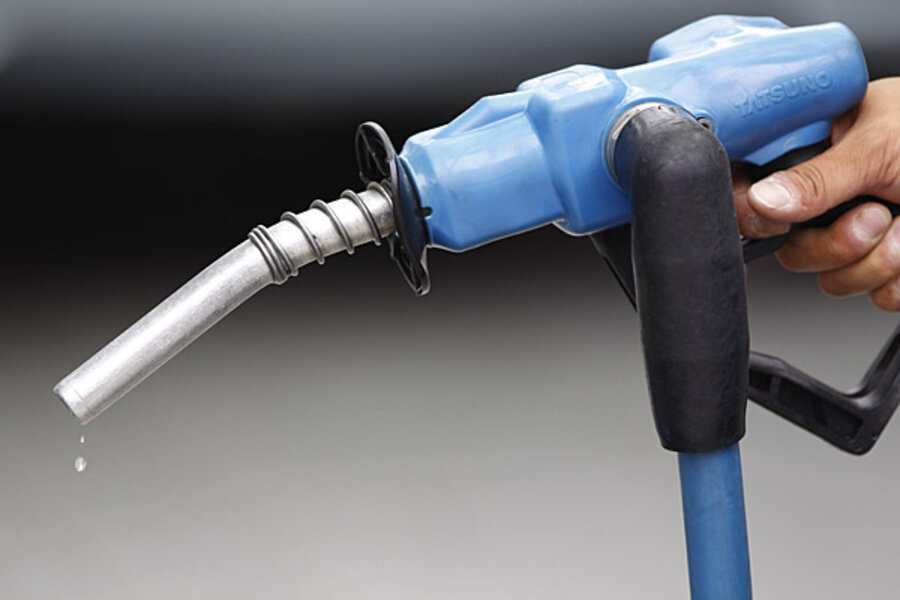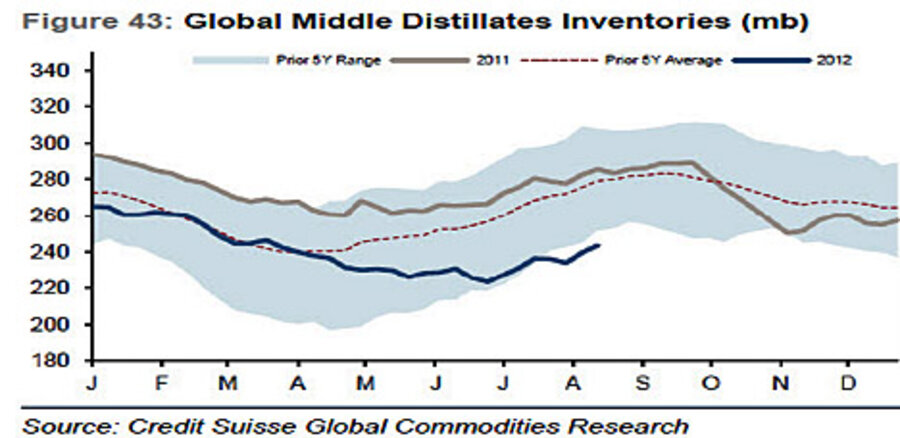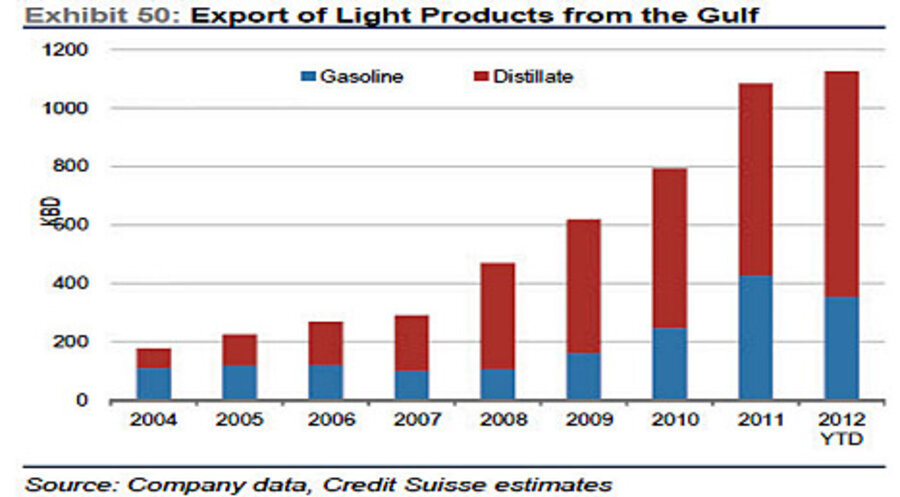Gas prices: Why are they so high?
Loading...
Driving gasoline is 50% higher today than in 2008 – relative to the price of oil.
In other words, gas prices are nearly what they were in 2008... but at that point oil was priced at $147 a barrel.
Today the oil price is $50 less than that.
That's why driving gasoline is 50% higher.
And drivers in North America are now competing for cheap American crude – with gasoline drivers everywhere.
I explained that this week on FOX National Business News. A lot of what I talked about can be summed up in these two charts below – which also help explain a much broader story.
In the first chart (see upper left) you'll notice there is a low amount of middle distillates globally—these are the refined oil products that are used to power and transport the world: diesel, jet fuel, home heating oil, etc.
This means demand is low, or supply is low – one or the other. (More from Oilprice.com: The Real Reason Behind Oil Price Rises - An Interview with James Hamilton)
But then I look at the chart (see bottom left), and I see supply is high and rising—so I conclude demand must be higher. I have to think that is a bullish sign.
US refineries are dramatically increasing their exports of light/middle distillates from the Gulf refinery complex out into the rest of the world.
And yet global distillate levels are still low. That intimates a bullish world demand case to me, and tells me we won’t see a dramatic drop in the price of oil.
Refineries export into a global market for their refined products, which are all priced on Brent Crude, while their input costs—North American crude oil—is priced on cheaper WTI, or West Texas Intermediate. (More from Oilprice.com: Don't Bet Against Shale Gas)
That $15/barrel price difference between the Brent and WTI is pure profit for refineries. The WTI price is so much cheaper because of the HUGE supply of new oil created by the U.S. in the fast-growing Shale Revolution.
It allows refineries to choose whatever global product has the best price for export—and that’s not always driving gasoline for North Americans.
Several North American refineries are trying their best to move their processing over to other products besides driving gasoline.
But even with lots of gasoline, domestic drivers are now up against everyone else around the world for cheap North American crude products.
And that should keep retail gasoline prices high.
Source: http://oilprice.com/Energy/Gas-Prices/Why-North-American-Gas-Prices-Are-So-High.html







